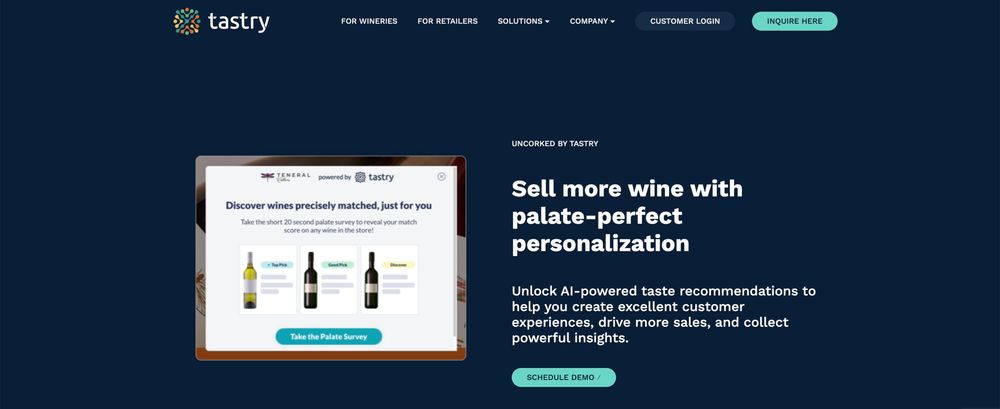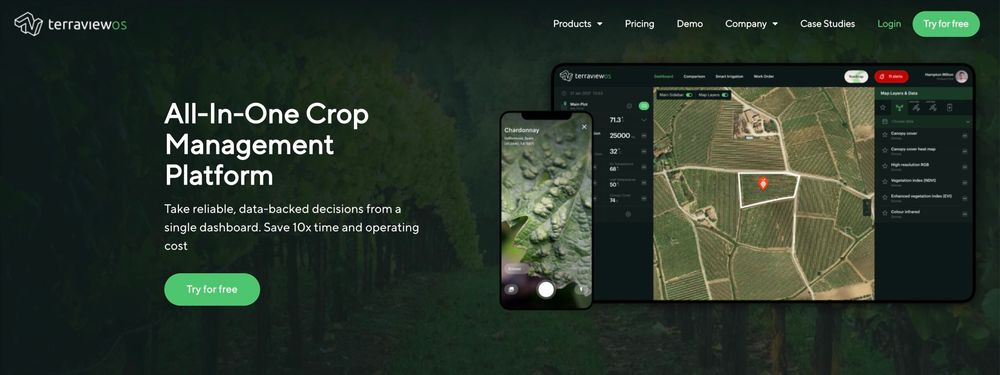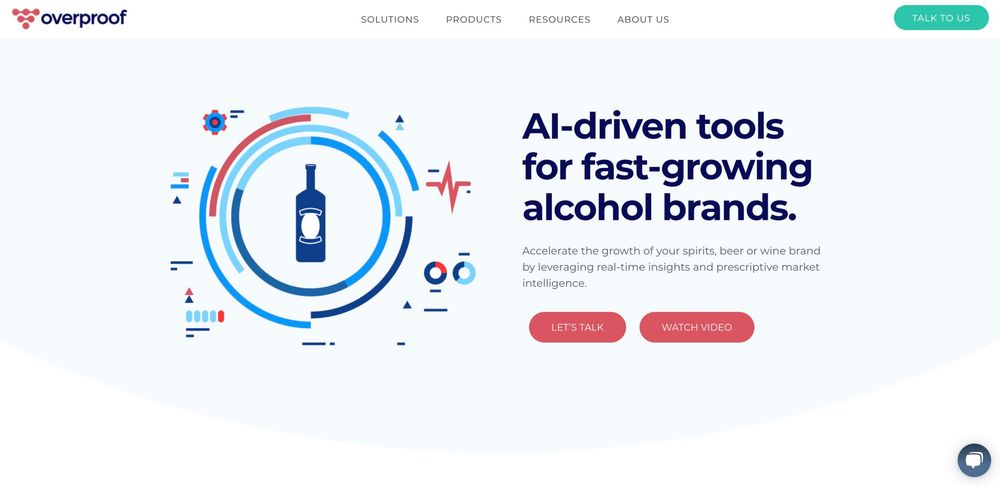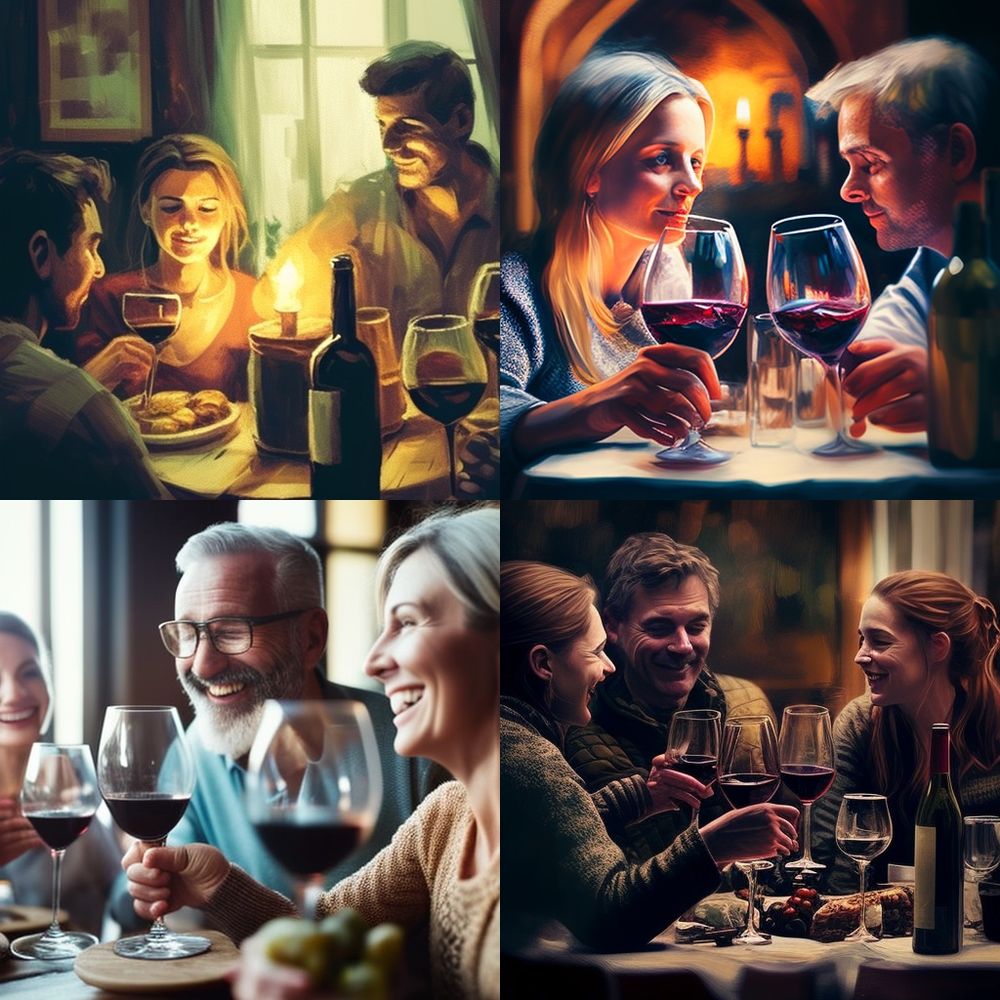We might not realise it but we are coming across artificial intelligence – AI – numerous times a day whenever we navigate our way through websites, buy goods and services online or look to use call centres and help desks. It is also now very much alive in the drinks, retail and hospitality sectors, says Dan Hooper of YesMore Creative.
As the worlds of wine production and marketing continue to evolve and grow with greater complexity, it’s important for both producers and marketers to evaluate emerging technologies and their potential impact on the industry. AI is one such technology that could change the way brands and businesses interact and serve customers. In this month’s article, I’ll be exploring several case studies illustrating the successful implementation of these tactics, while questioning if we should venture further down this rabbit hole. Read on and learn everything you need to know about leveraging AI for your own wine brand.
A nice start to an article, even if I do say so myself. But I can’t take credit for it, as (you guessed it) it’s written by an AI program. A few edits and tweaks, but after inputting some choice keywords (which took all of two minutes) I was given the above 85 words in approximately 40 seconds.
But it’s not just snappy introductions to news articles, AI is cropping up in a number of ways within both wine and marketing industries right now.

Tasty claims to be the first AI-driven sensory sciences company that is focused on the wine sector
Marketed as “The World’s First AI-Driven Sensory Sciences Company” Tastry analyses thousands of wines to decode each by aroma and flavour profile. Consumers can take a quiz to inform the program what their taste profile is, Tasty’sAI then uses both sets of data to suggest wine styles to each individual.
The process not only gives data-based insights to customers who feel slightly lost on where to start with wine, but also to the producers and winemakers who want to be creating styles that are most in demand.

Terraview is being used in agriculture to help drive sustainability using AI technology
An “all in one” crop management platform that uses AI to promote sustainability (I’m definitely shooting for as many 2023 keywords as possible today). Among several other practical uses, Terraview uses image analysis to detect, diagnose, and suggest solutions for various plant diseases. According to Terraview, by highlighting the problems ahead of time winemakers have far more environmentally friendly options in the arsenal to save their vines rather than resorting to the more toxic solutions of the past.

Overproof is another AI platform that can be used in the drinks and hospitality sector
In its own words Overproof’s predictive model uses “Artificial Intelligence and machine learning to analyze any venue against a brand’s target account profile and provide real-time opportunity analysis”.
Essentially the platform mixes account insights, in venue analysis, local trends and your distribution data, into their AI which will calculate which markets and accounts suit your brand best.
Then there’s the “other side” of AI. The side is far from crunching data and returning information in understandable chunks. These programs are further reaching than just the wine industry, but it’s clear to see their applications for vino brands. Apps like Jasper, the AI writer that can churn out your brand’s blog posts, tweets, newsletters, and copy for ads. And Midjounrey, a beta app that creates complex, unique visuals based solely on the keywords you input. These are just two examples of creative AI, both of which are receiving a lot of attention (good and bad) currently.
Midjourney’s founder David Holz’s admission at the end of last year that Midjourney had taken hundreds of millions of images to train their AI image generator without receiving consent has been met with outrage by illustrators, photographers and artists. Especially as some of those very same artists are now being accused of using AI as their original artwork looks too similar to what is now being generated.

Dan Hopper’s AI generated image to help illustrate this article
Look at the image above. This has been AI generated exclusively for this article based on what was a fairly basic prompt to create an image of “people enjoying a glass of wine together”.
AI – the future
It’s fair to say since the advent of SEO many of us write online content for an algorithm rather than a human and with Meta and Google both progressing with AI ad platforms, we’re not far from a brand’s marketing being planned, shot and written by AI, posted and scheduled in an AI platform targeting AI algorithms. In this system, we humans basically play the role of ‘meat sack with wallet’.
I wonder if there’s an AI that can pull my Hello Fresh data and automatically pair up all my meals for the week, purchase and send me the wine I’ll need without me, then the whole system doesn’t need anyone at all right?
To the first wine brand who goes to Hello Fresh with this, that one’s on me, enjoy.
With the advent of these more creative AI programs, it’s easy to see how creative agencies and hires could be cut from your brand’s marketing in the next few years. But I’m not convinced.
The content I see performs best isn’t the influencer who reads the script for one brand and moves on to the next. It’s the influencer who has a genuine passion for the product and brand. Who knows, loves and most of all cares. This will be the difference. In a never-ending ocean of AI-created ads, you’re still going to need passion, creativity and originality to stand out, now more than ever.
Authentic artists, creating real content of people actually enjoying a product. Or is that just this alcohol marketer’s naive vision?
Lastly, should we not be training AI to replace jobs we’re incapable of or have no desire in doing? Rather than jobs such as drawing, illustrating, photography and writing which many people find joy in? Just a non-artificially generated thought.
- Dan Hooper is co-founder and chief creative officer at YesMore Creative, the beverage marketing agency.










































